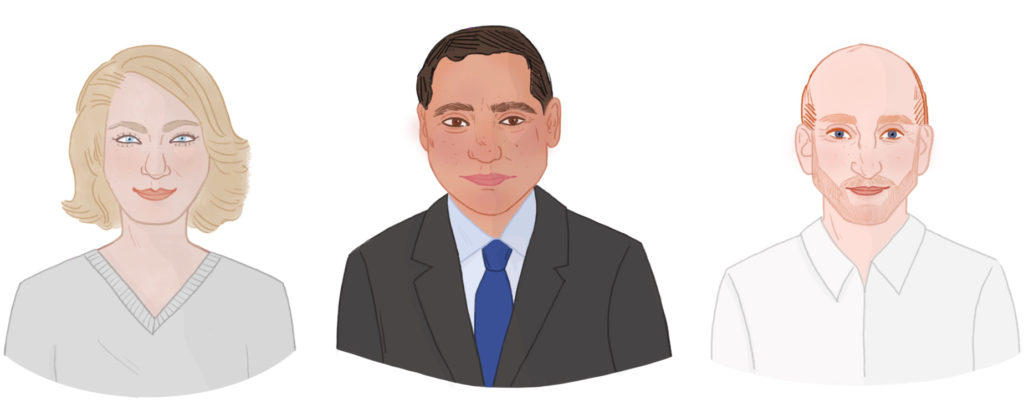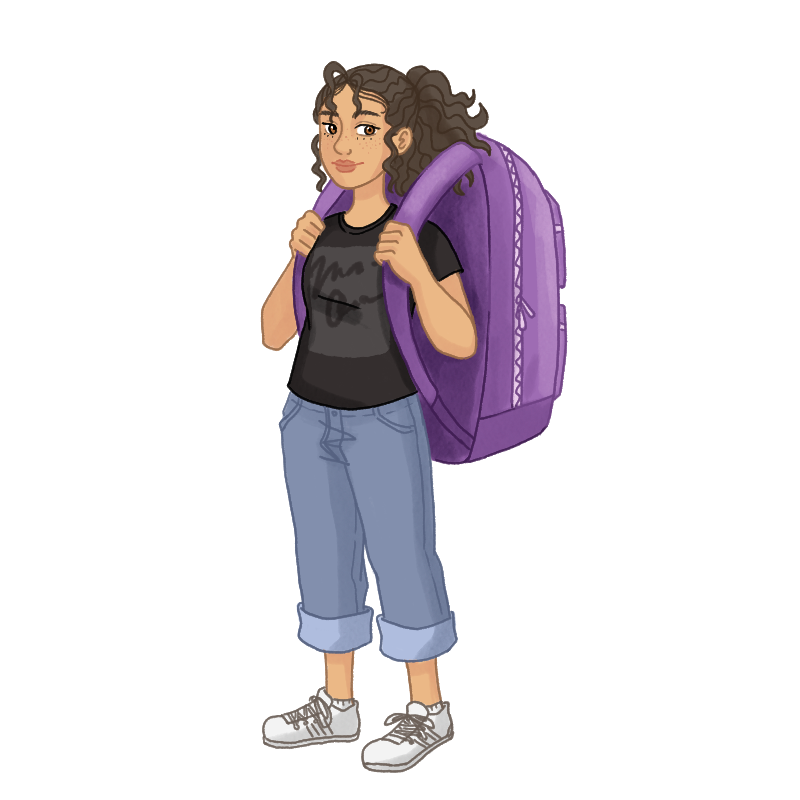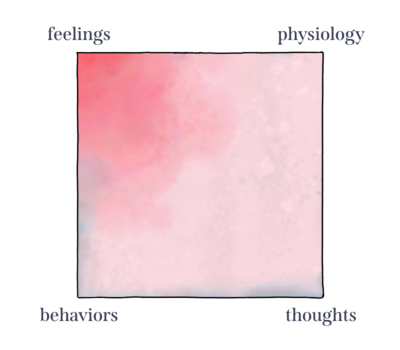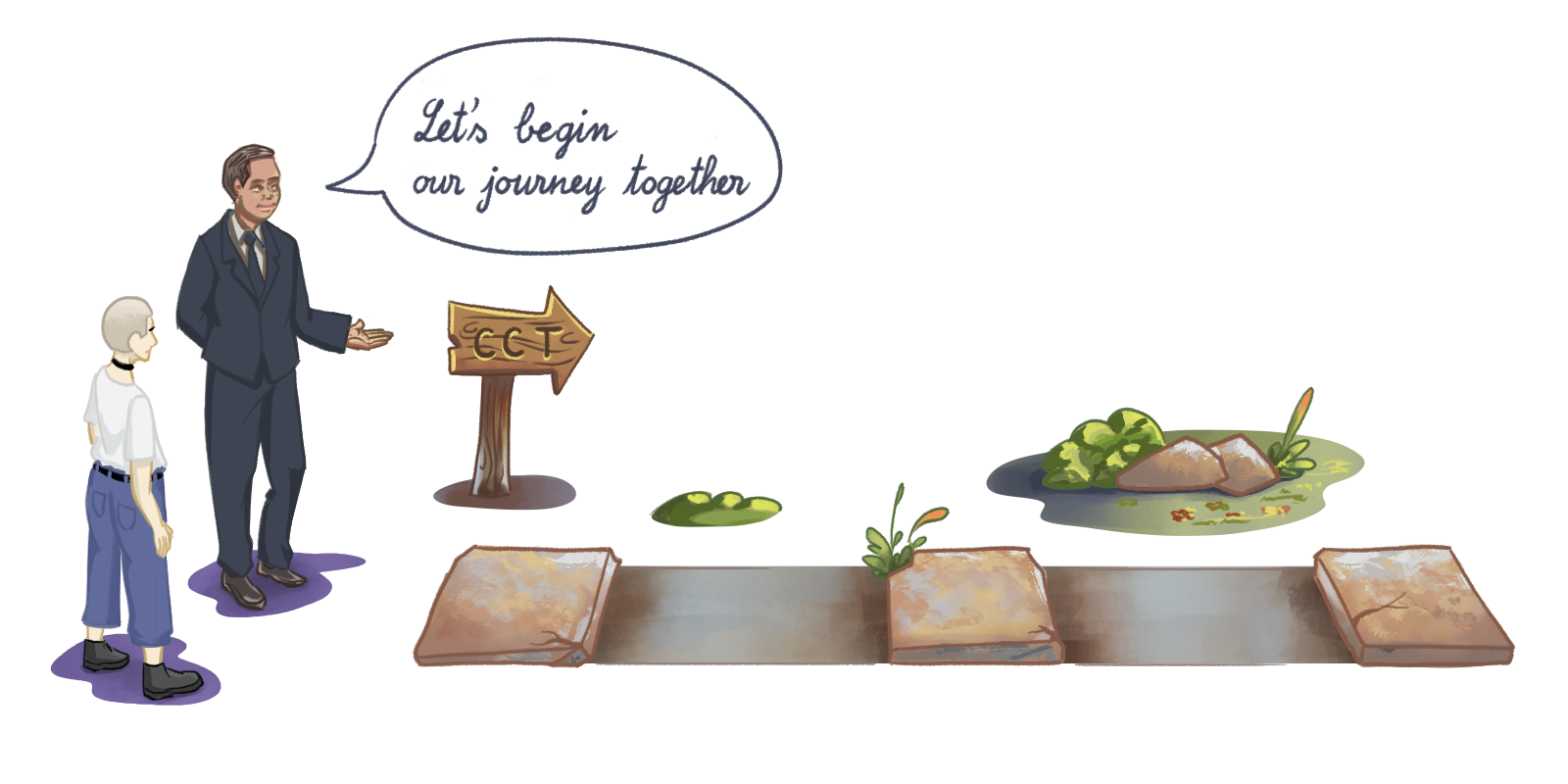





About Cue-Centered Therapy Copy
Welcome to the Cue-Centered Therapy (CCT) online course. CCT is intended for pediatric mental health professionals who have experience with evidence-based interventions and treatment of trauma. This course was developed by Dr. Victor Carrión, Dr. Hilit Kletter, and Dr. Ryan Matlow.

Dr. Carrión (he/him) is a child psychiatrist and director of the Early Life Stress and Resilience Program at the Stanford School of Medicine. Dr. Kletter (she/her) and Dr. Matlow (he/him) are child psychologists and faculty within the Stanford School of Medicine, and master trainers in CCT.
What is CCT?
Cue-Centered Therapy is an evidence-based intervention for youth with chronic traumatic experiences. Rather than focus on traumatic events in isolation, the CCT framework emphasizes the impact of accumulating traumas and other stressors throughout a lifespan, otherwise known as allostatic load.
This intervention anchors in the fact that exposure to multiple forms of trauma and adversity in childhood leads to different psychological and developmental outcomes. CCT aims to address the diverse outcomes by promoting self-empowerment through increased knowledge and insight.

CCT is a hybrid approach that combines elements from cognitive behavioral, psychodynamic, interpersonal, expressive, and family therapies. The intervention is framed around the neurobiology of trauma and begins by teaching children the meaning of traumatic cues, natural reactions to stress, and how classical conditioning plays a role in our responses. In addition, CCT teaches how cues affect current emotions, cognitions, physiological reactions, and, ultimately, behaviors.
Traumatic cues are stimuli that trigger symptoms of trauma—such as anxiety or panic. A central component of CCT is to help youth place their traumatic events in the greater context of their lives.
Rather than “unlearning” conditioned maladaptive responses to cues, CCT focuses on building new responses, utilizing the strengths and adaptive coping mechanisms already present in the child. Every response can be conceptualized as a square, composed of four elements or corners (emotions, thoughts, physiological reactions, and behaviors). Through psychoeducation about trauma reactions, CCT teaches children that by changing one corner of the square, all the others change. This principle empowers youth to be their own agents of change.

CCT aims to increase self-efficacy in children, to make sure they are empowered with the skills to face and overcome their traumatic cues, their trauma responses, and any future traumatic experiences.

In effect, CCT increases flexibility and adaptability, by guiding children to approach, rather than avoid, their traumatic experiences with confidence and safety. They are invited to be full partners and active leaders in the process of therapy.
